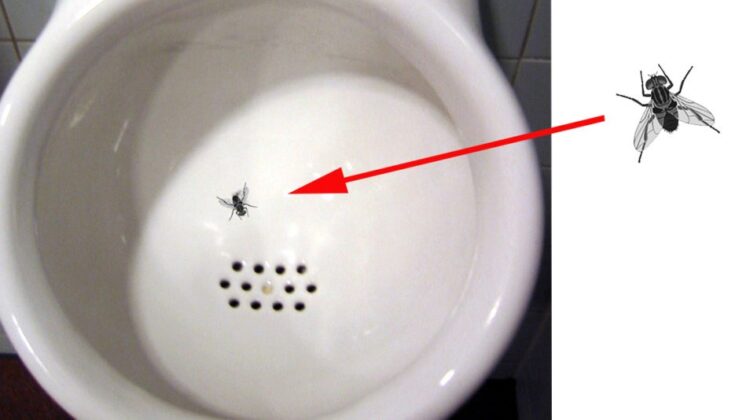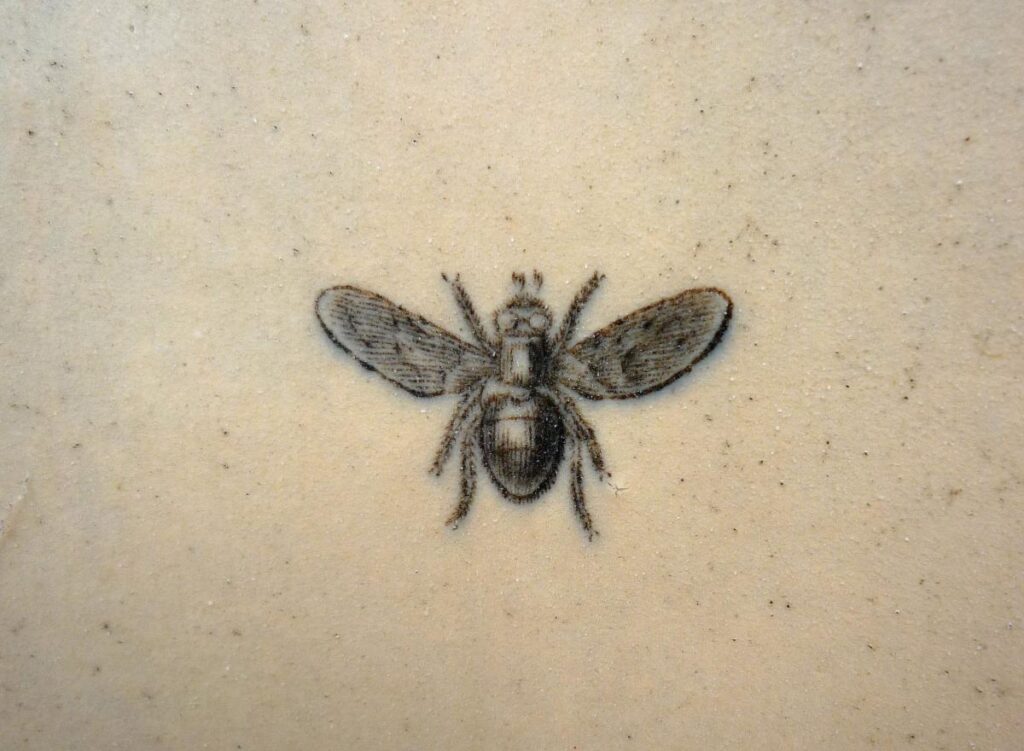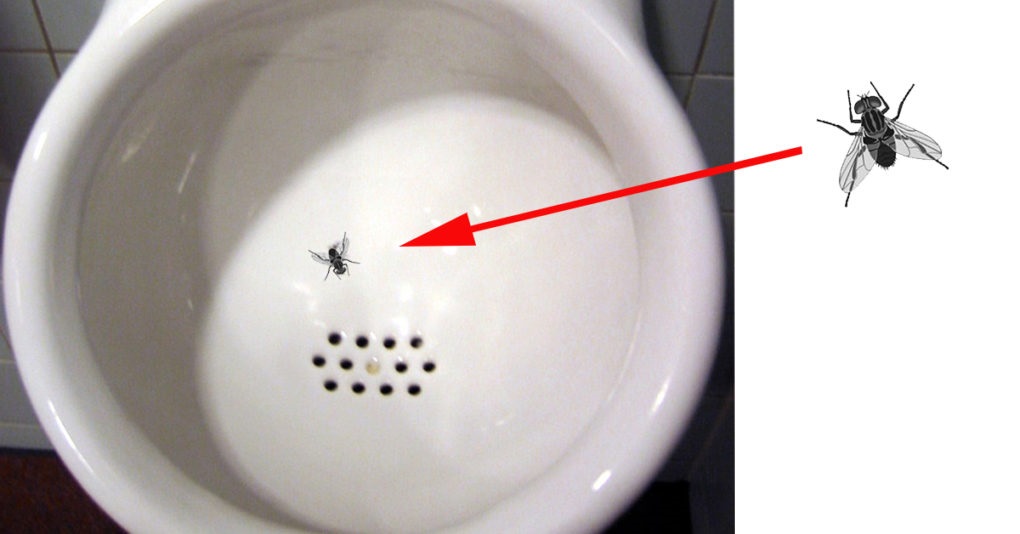
In the early 1990s, the cleaning manager at Amsterdam’s Schiphol Airport was trying to find a solution to a common problem: urinal spillage. Urine spills were not only unsightly, but they also created a slippery and dangerous hazard for passengers.

The cleaning manager, Aad Kieboom, tried a number of different solutions, including placing signs above the urinals and even hiring extra cleaning staff. However, none of these solutions were effective.
One day, Kieboom was reading an article about how flies are attracted to moisture. This gave him an idea: he decided to etch small, realistic images of flies into the porcelain of each urinal, right near the drain.

Kieboom’s idea was based on the theory that men would be more likely to aim their stream at something that was irritating them. And sure enough, the fly images worked!
After the fly images were installed, urinal spillage at Schiphol Airport decreased by an estimated 80%. This not only saved the airport money on cleaning costs, but it also made the restrooms much safer for passengers.
The Science Behind the Fly Image

The fly image is so effective because it takes advantage of a few basic psychological principles. First, men are naturally inclined to aim at something that is moving or fluttering. Second, flies are often perceived as being dirty or annoying, which makes them a natural target for men’s urine.
In addition, the fly image is small and discreet, so it does not offend or embarrass men. This is important, as men are often reluctant to use urinals that are too conspicuous or attention-grabbing.
The Fly Image’s Impact

The fly image has been so successful that it is now being used in restrooms all over the world. It is a simple and effective solution to a common problem, and it is a testament to the power of behavioral psychology.
So, the next time you see a fly image in a urinal, take a moment to appreciate the clever thinking that went into it. And remember, it just might help you to keep your aim!

Leave a Reply